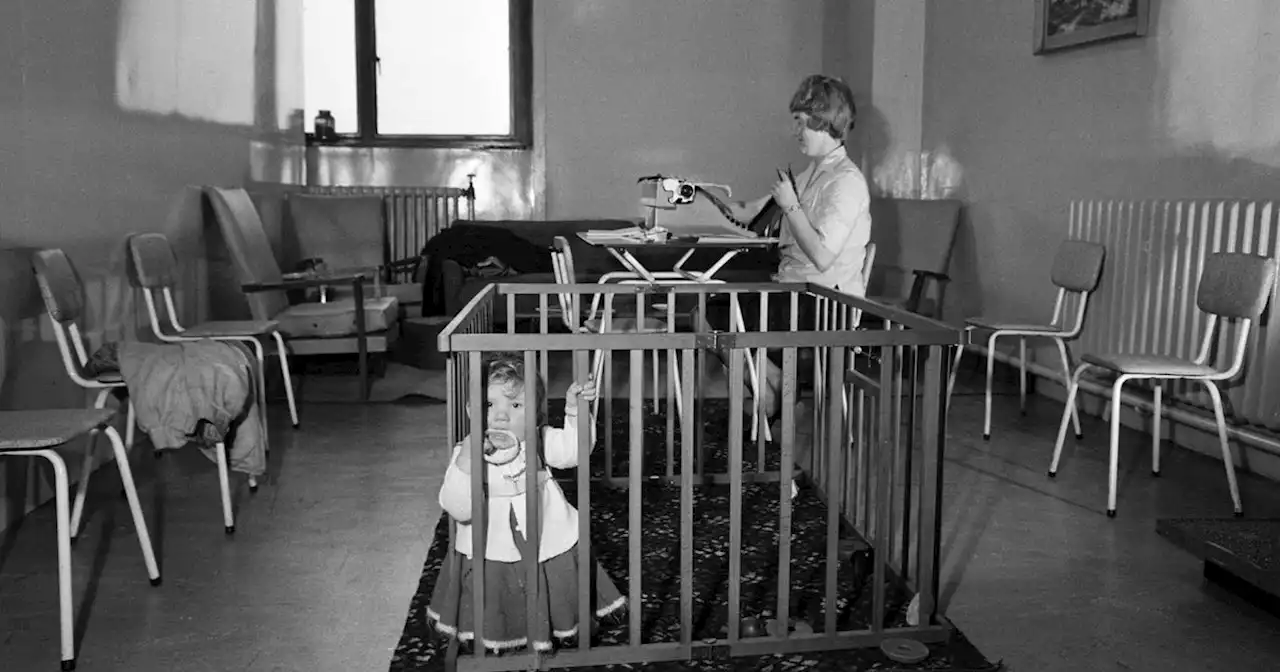Women + salad = horror
, these are plagued by micro and macro oddities. One of the scariest things here is the psychotic laughs, which take salad enjoyment to extremes beyond even the most euphoric Getty Images examples. And then there's the dungeony backdrops, which suggest these images are part of the Saw Cinematic Universe.
But look a little closer, and things get even freakier – mainly because of the sheer amount of teeth we're looking at here. Many of these women are so happy about their salads that they've grown, in some cases, an entire extra row of gnashers. The images have been viewed over 2M times on Twitter, and users are a little, er, alarmed."There’s the uncanny valley and then there’s the uncanny chasm of horror," one user comments, while another adds,"Why are AI images of human beings so disturbing? That is a real question."
The controversy around AI images extends beyond their frequent weirdness, though, with questions over ethics and copyright closely following the tech. But in some potentially good news, a recently revealed tool might be able to help
United States Latest News, United States Headlines
Similar News:You can also read news stories similar to this one that we have collected from other news sources.
 Changes in maternal heart rate in delayed post-partum preeclampsia - BMC Women's HealthAim Delayed-onset postpartum preeclampsia (PET) is defined as a new diagnosis of preeclampsia presenting 48 h to 6 weeks postpartum. This disorder is infrequent and associated with a higher incidence of complications as compared to antepartum PET. There seems to be a need to further characterize this disorder. The aim of the study was to investigate the difference of maternal heart rate in women with delayed onset postpartum preeclampsia as compared to healthy controls. Methods The medical files of all women who were readmitted with delayed onset postpartum preeclampsia during 2014–2020 were reviewed. Data on maternal physiological characteristics were compared to healthy control group of women at the same post-partum day, with uncomplicated pregnancies. Results Included 45 women with the diagnosis of delayed onset of preeclampsia at 6.3 ± 2.86 post-partum day. As compared to controls (n = 49), women with delayed post-partum were older, 34.6 ± 5.4 vs. 32.3 ± 4.7 years, p = 0.003. There were no differences between groups regarding maternal gravidity, parity, BMI (kg/m2) or Hb level at delivery day. Women with delayed post-partum preeclampsia had lower mean pulse rate as compared to controls, 58 ± 15 bpm vs. 83 ± 11.6 bpm, respectively, P | 0.0001. Only 17% of the women in the delayed onset group had pulse rate above 70 bpm as compared to 83% in the control group. Conclusions Maternal low heart rate in cases with delayed onset of post-partum preeclampsia is an important clinical characteristic that may reflect baroreceptors response to maternal hypertension.
Changes in maternal heart rate in delayed post-partum preeclampsia - BMC Women's HealthAim Delayed-onset postpartum preeclampsia (PET) is defined as a new diagnosis of preeclampsia presenting 48 h to 6 weeks postpartum. This disorder is infrequent and associated with a higher incidence of complications as compared to antepartum PET. There seems to be a need to further characterize this disorder. The aim of the study was to investigate the difference of maternal heart rate in women with delayed onset postpartum preeclampsia as compared to healthy controls. Methods The medical files of all women who were readmitted with delayed onset postpartum preeclampsia during 2014–2020 were reviewed. Data on maternal physiological characteristics were compared to healthy control group of women at the same post-partum day, with uncomplicated pregnancies. Results Included 45 women with the diagnosis of delayed onset of preeclampsia at 6.3 ± 2.86 post-partum day. As compared to controls (n = 49), women with delayed post-partum were older, 34.6 ± 5.4 vs. 32.3 ± 4.7 years, p = 0.003. There were no differences between groups regarding maternal gravidity, parity, BMI (kg/m2) or Hb level at delivery day. Women with delayed post-partum preeclampsia had lower mean pulse rate as compared to controls, 58 ± 15 bpm vs. 83 ± 11.6 bpm, respectively, P | 0.0001. Only 17% of the women in the delayed onset group had pulse rate above 70 bpm as compared to 83% in the control group. Conclusions Maternal low heart rate in cases with delayed onset of post-partum preeclampsia is an important clinical characteristic that may reflect baroreceptors response to maternal hypertension.
Read more »
 Police release CCTV image as 2 women 'punched in the face' in cityOfficers believe the man may have information that could help the investigation
Police release CCTV image as 2 women 'punched in the face' in cityOfficers believe the man may have information that could help the investigation
Read more »
 Funny and moving photos of Greater Manchester mums through the yearsPhotos celebrating the brilliant, funny and resilient women that raised us
Funny and moving photos of Greater Manchester mums through the yearsPhotos celebrating the brilliant, funny and resilient women that raised us
Read more »
 A sad society when the mother of all childcare promises is 'one for the mums''All too often it's a no win situation for women to be in'
A sad society when the mother of all childcare promises is 'one for the mums''All too often it's a no win situation for women to be in'
Read more »
 Dress for Success - The clothing and careers scheme helping women across NI'It's not just about the clothes, it's really about the confidence.'
Dress for Success - The clothing and careers scheme helping women across NI'It's not just about the clothes, it's really about the confidence.'
Read more »
